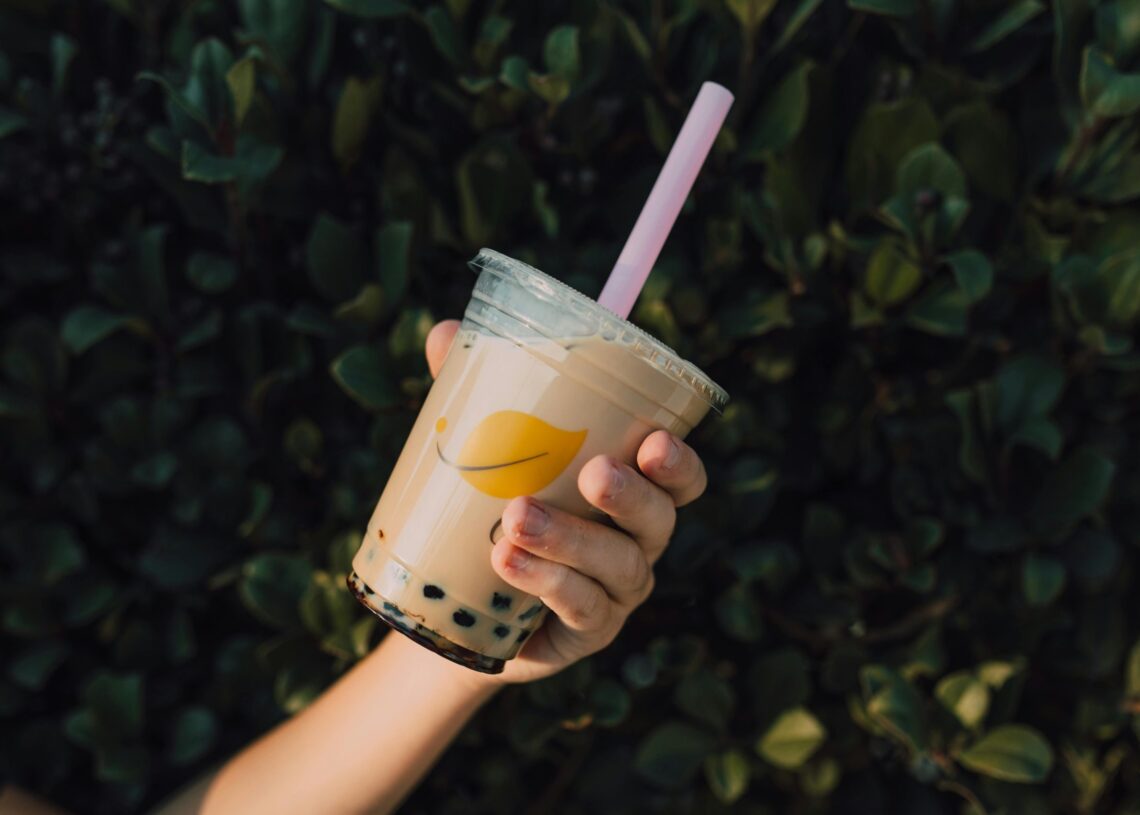Recently, CBC Dragon’s Den aired an episode with guest Dragon Simu Liu calling out Quebec-based boba tea company, Bobba, and its founders for engaging in cultural appropriation. This sparked an online firestorm that saw a typical pattern commonplace on social media: both an outpouring of support for Liu’s position and comments, as well as a flood of threats and harassment against Bobba’s founders and other Dragons for their dismissive behaviour during the pitch.
Dragon Manjit Minhas initially backed the deal but has subsequently withdrawn, and a wave of online support is building to have Bobba removed from retailers for their disingenuous marketing, tone-deaf pitch and harmful comments. Once again, the public discourse has been drawn toward the matter of cultural appropriation.
Much has been written, discussed and posted already to condemn and criticize the cultural appropriation, so this article is not about further exhausting that message.
I spent the last couple of days reflecting on how to best add to the public discourse on this issue. In the past, I’ve written about taking a systems thinking approach to tackling these challenging matters, and contributed to a more in-depth breakdown on some of the more recent, highly publicized past examples of cultural appropriation.
As such, through this article I want to explore what is (and what is not) the core issue(s) of cultural appropriation, why Bobba’s pitch is harmful, what all stakeholders could have done differently and why, and what can we all learn from what has unfolded.
It’s About Respect
To start, cultural ownership and the responsibilities of determining the significance of an object, as well as who holds the power to offer “permission for use” can be nuanced and difficult to define, as evidenced in some recent research into cultural appropriation. This is not an issue of BIPOC folks trying to “gatekeep” products, ideas, concepts, and/or…
Read the full article here





